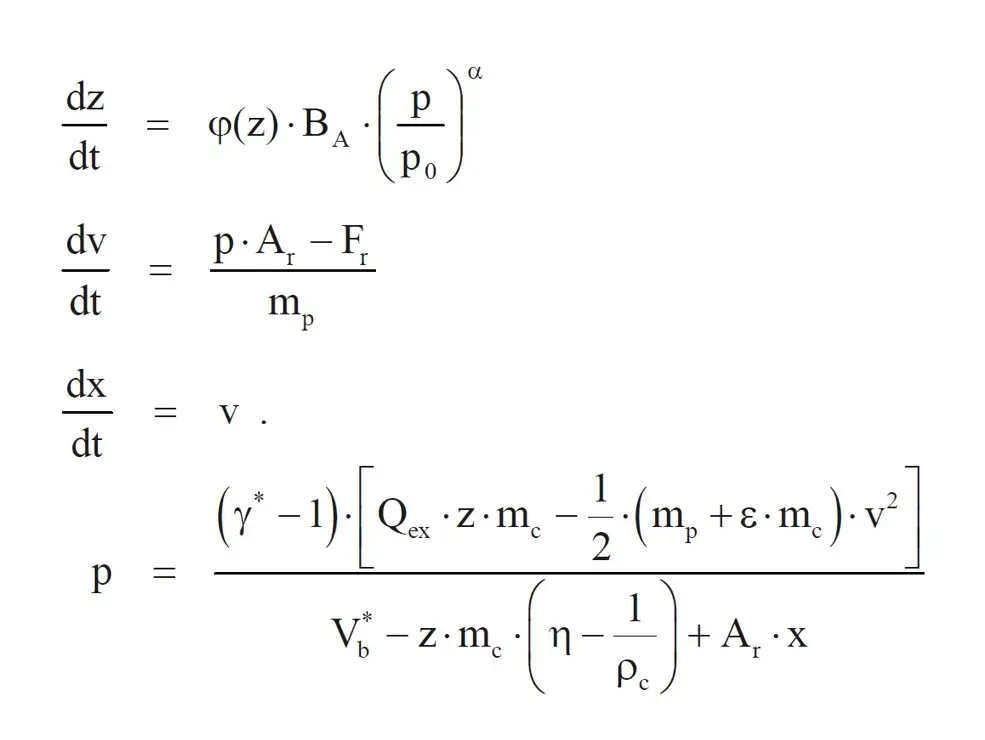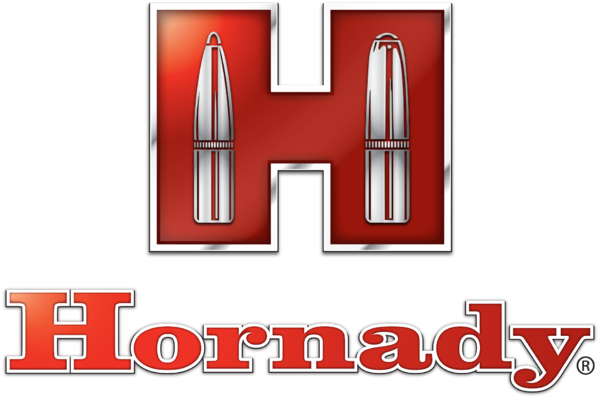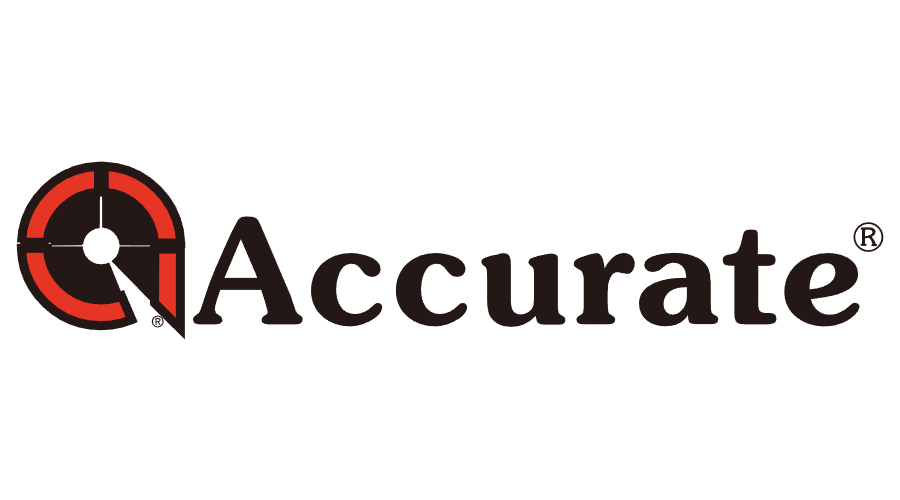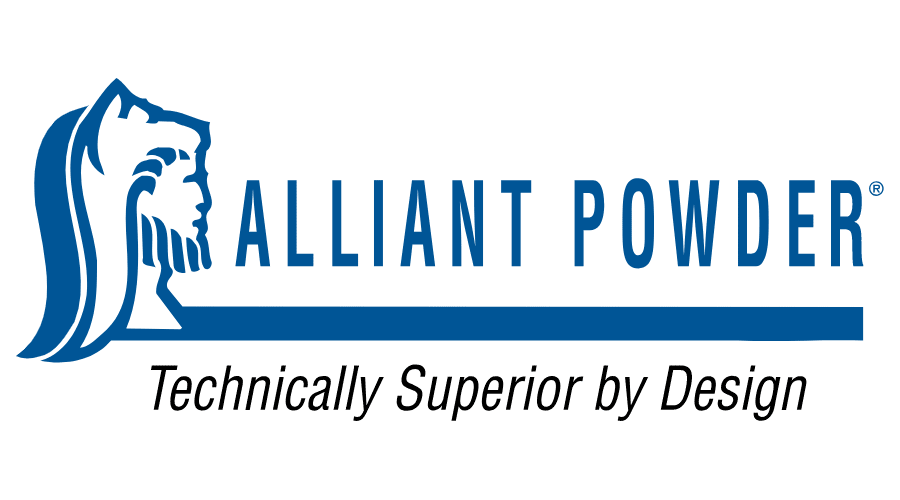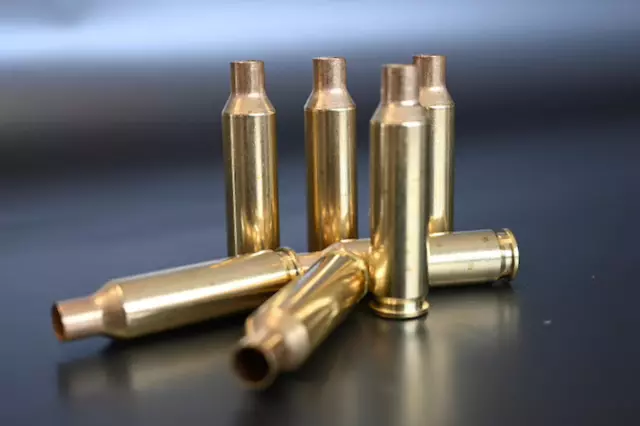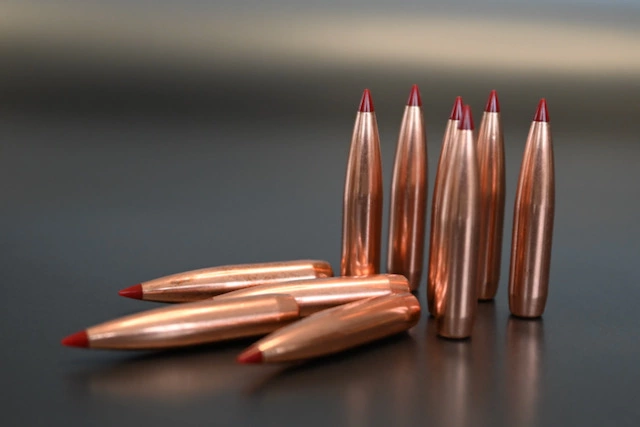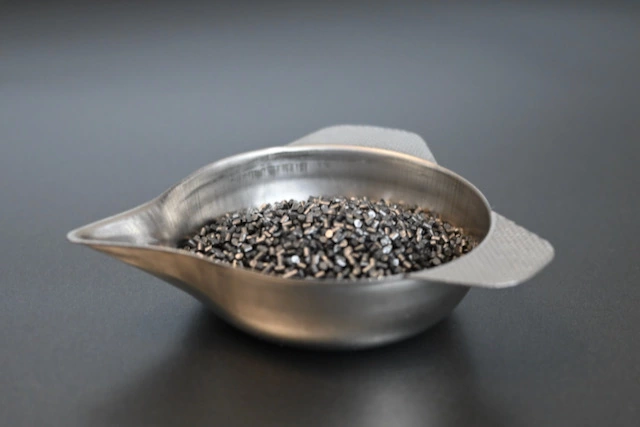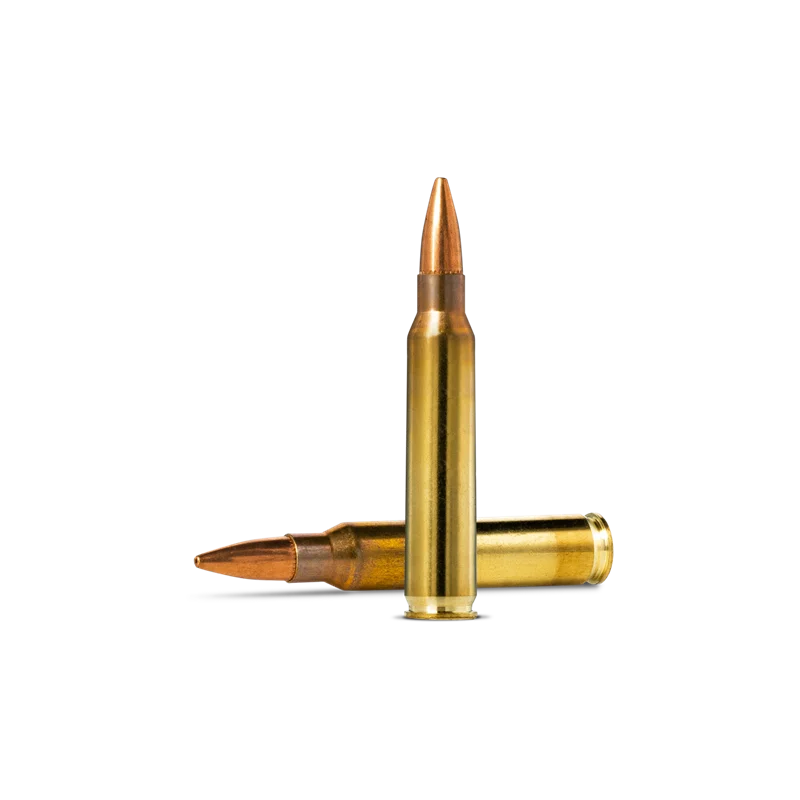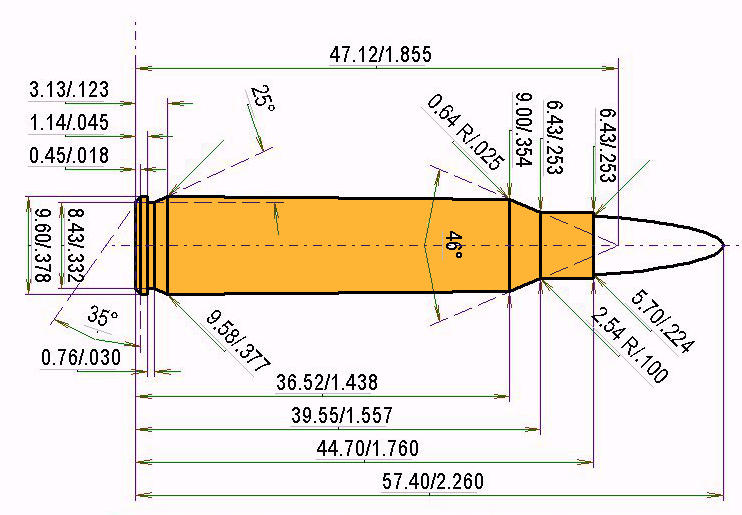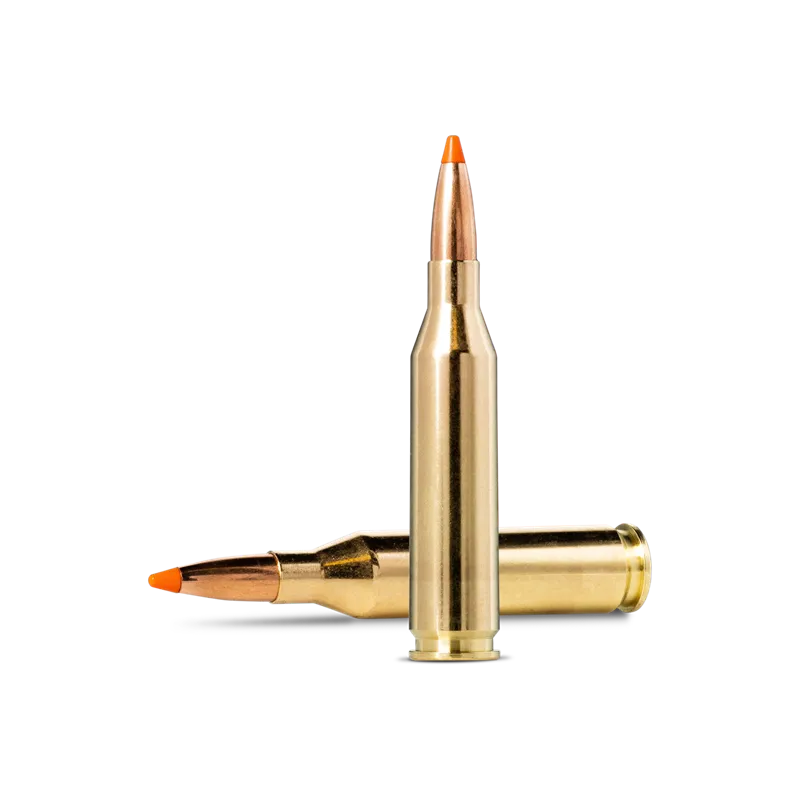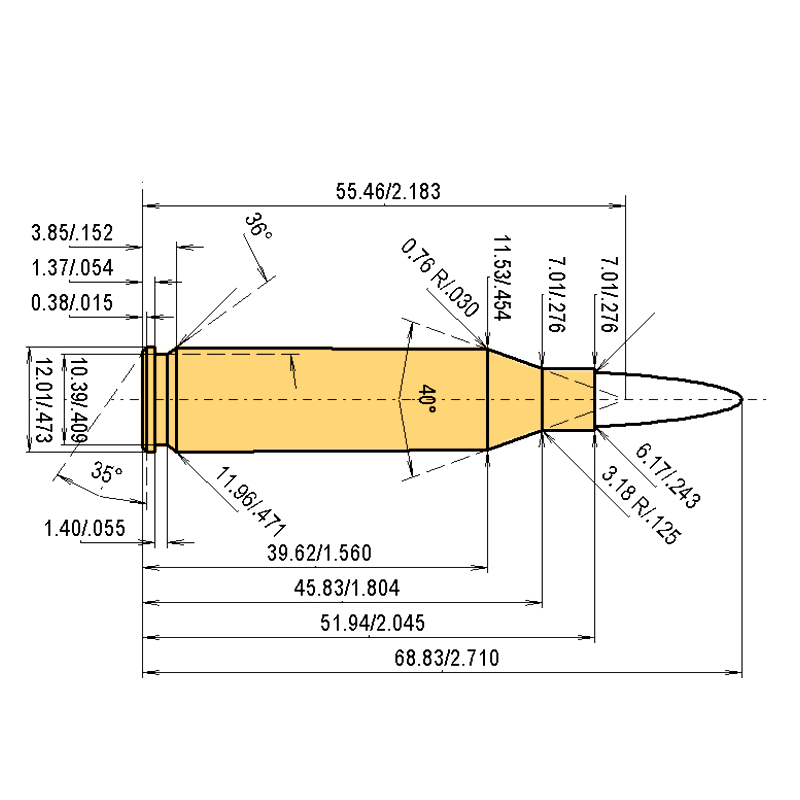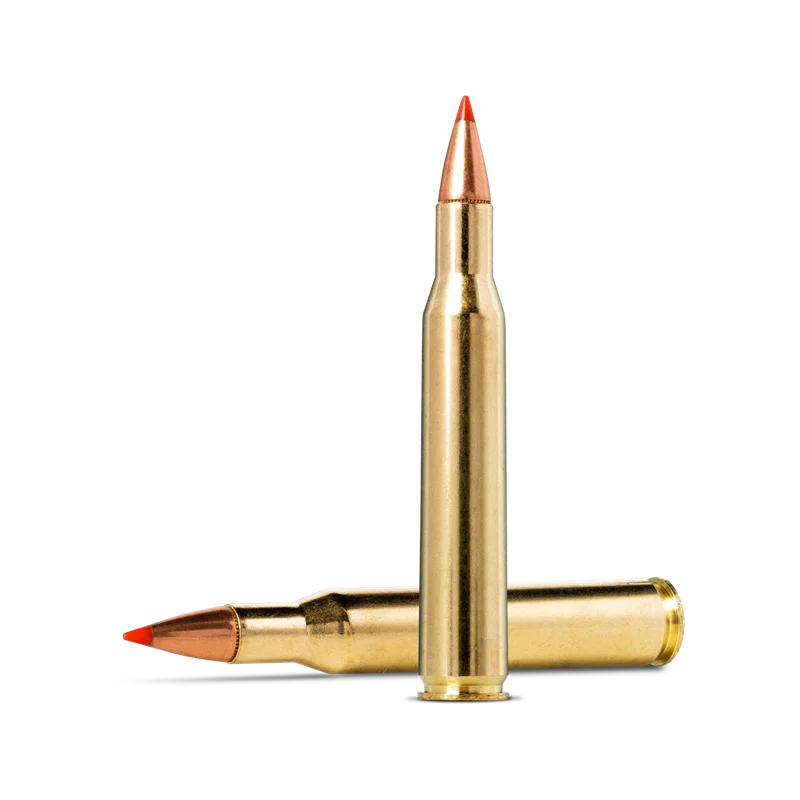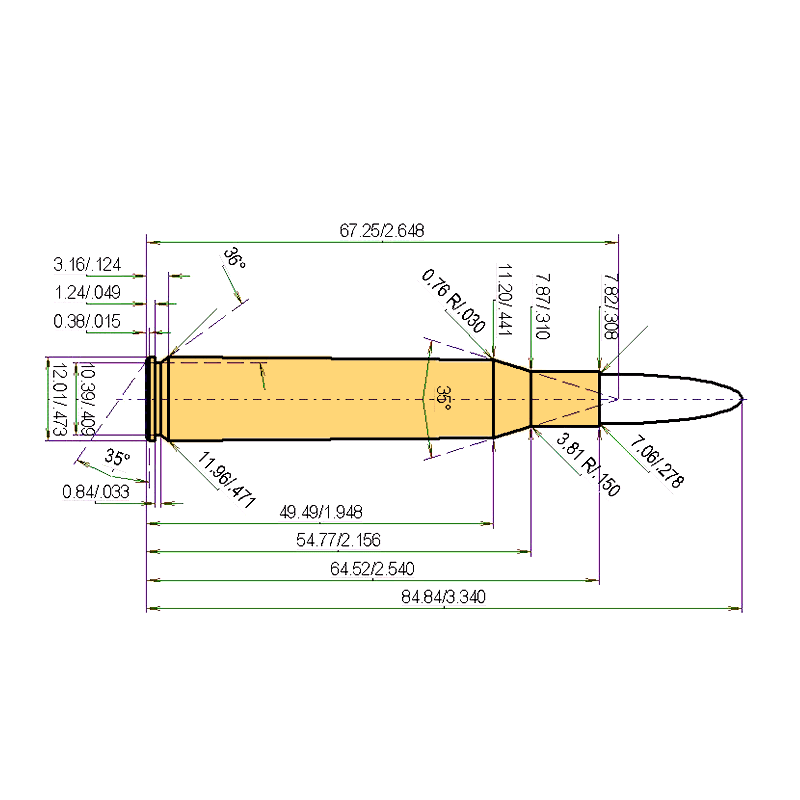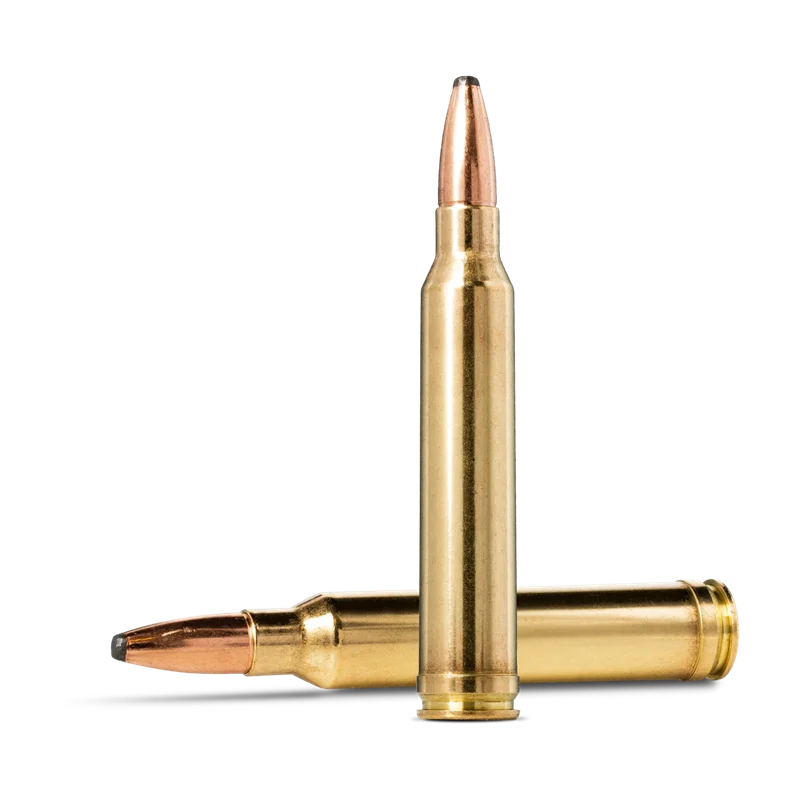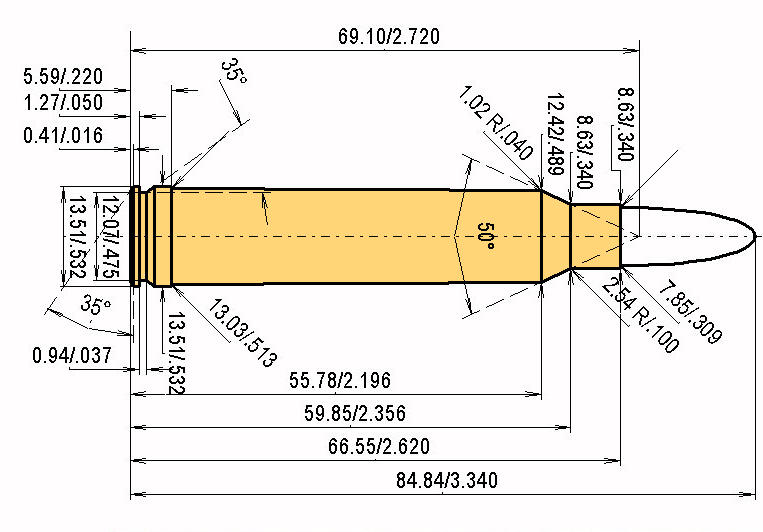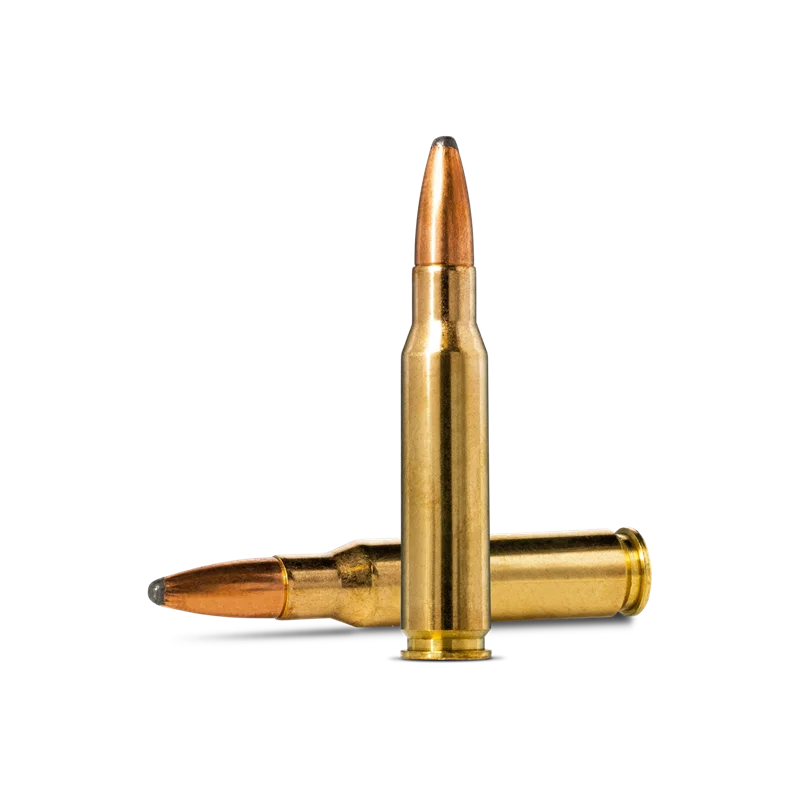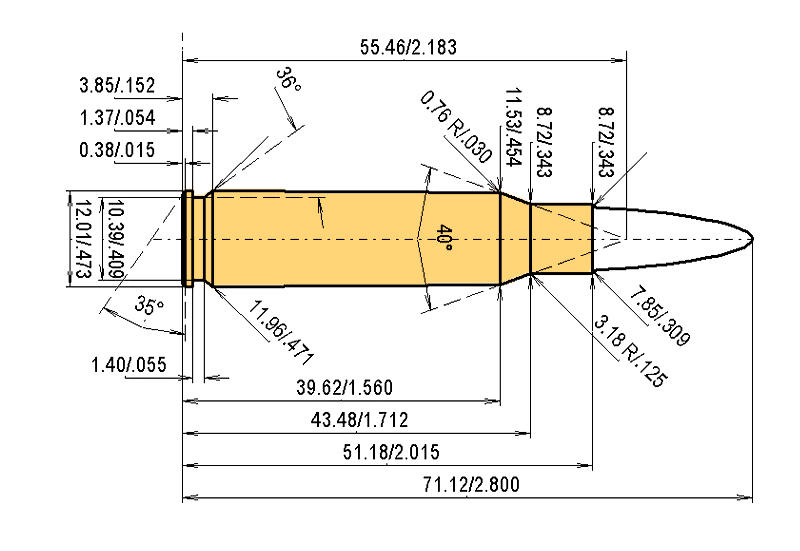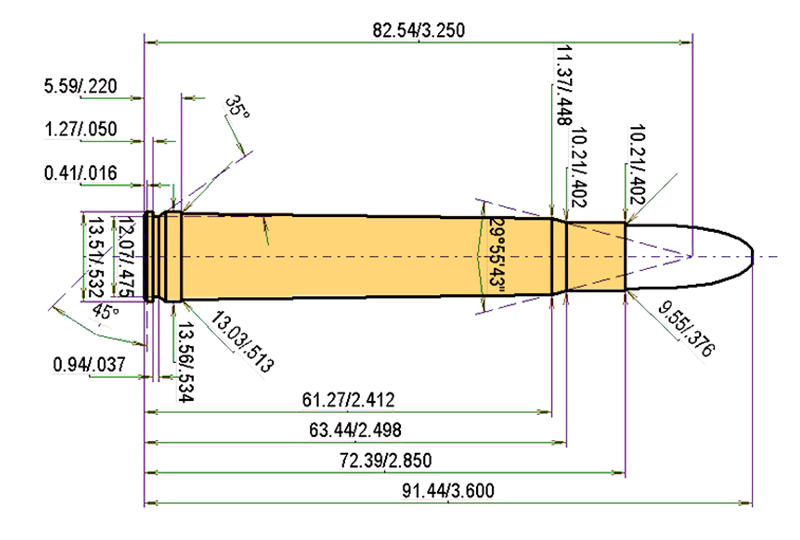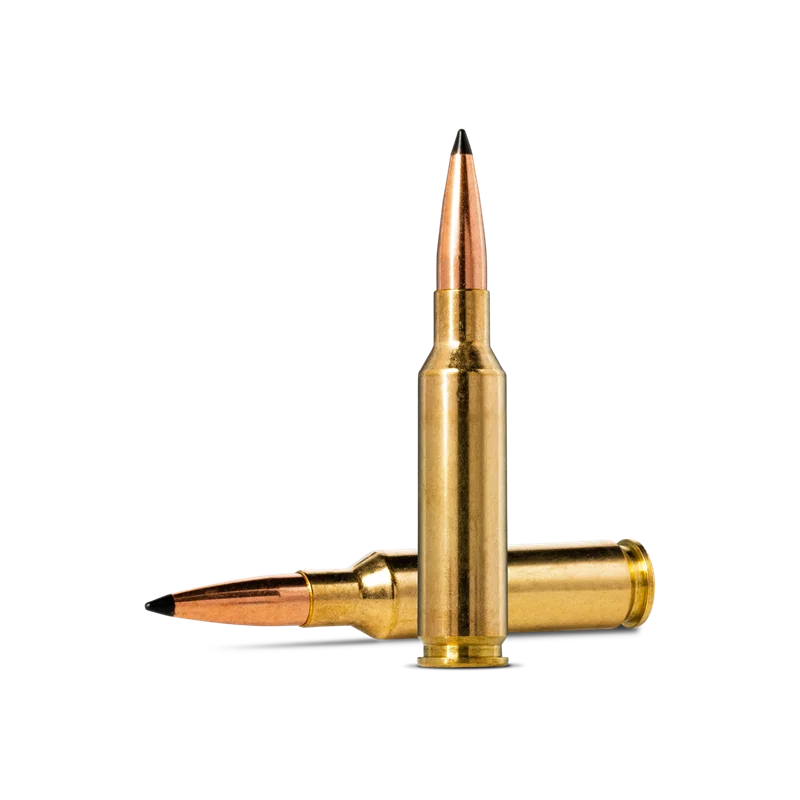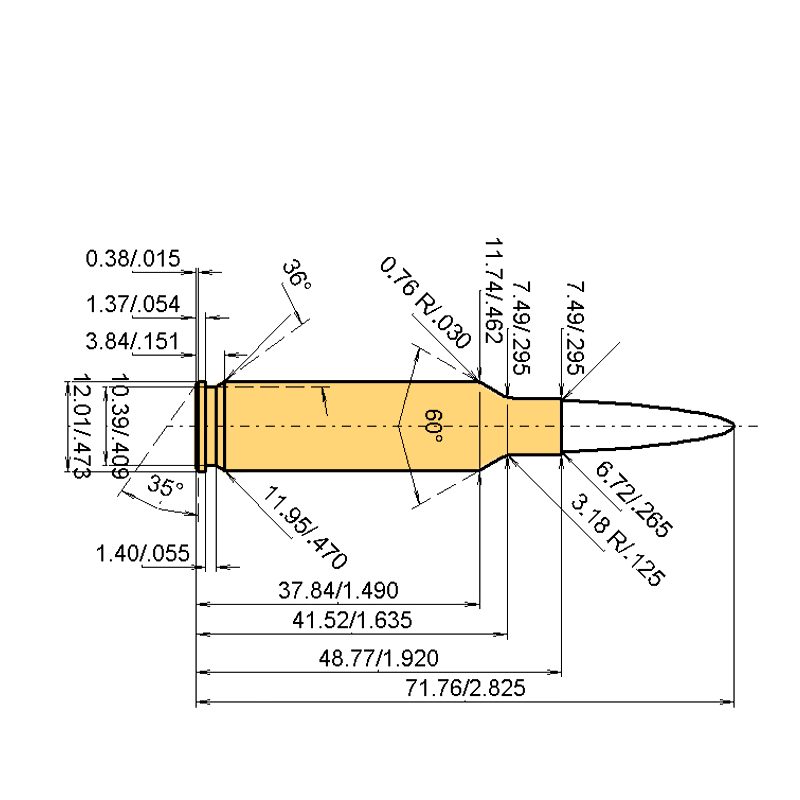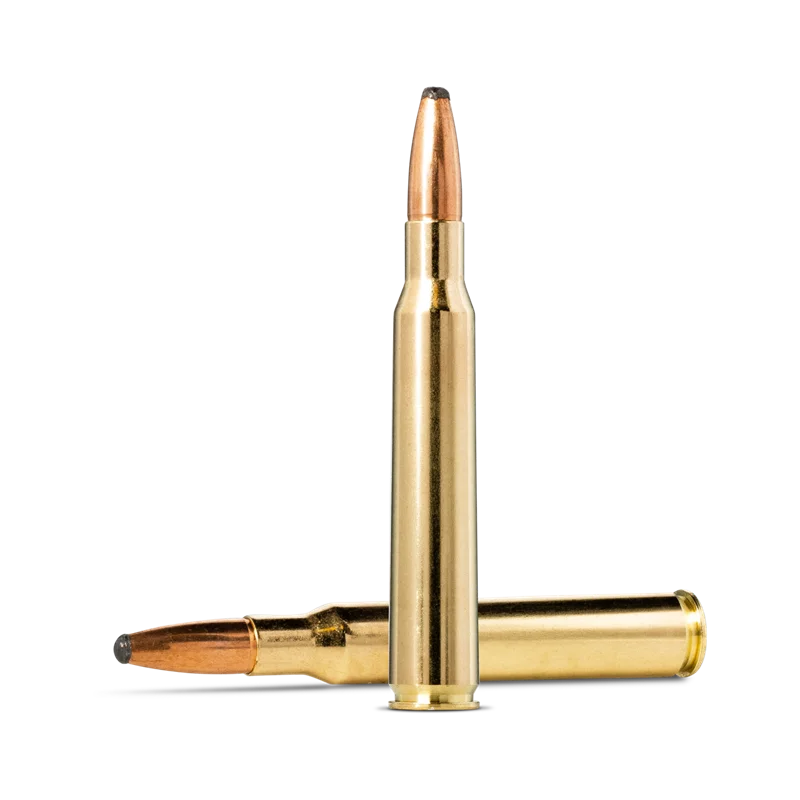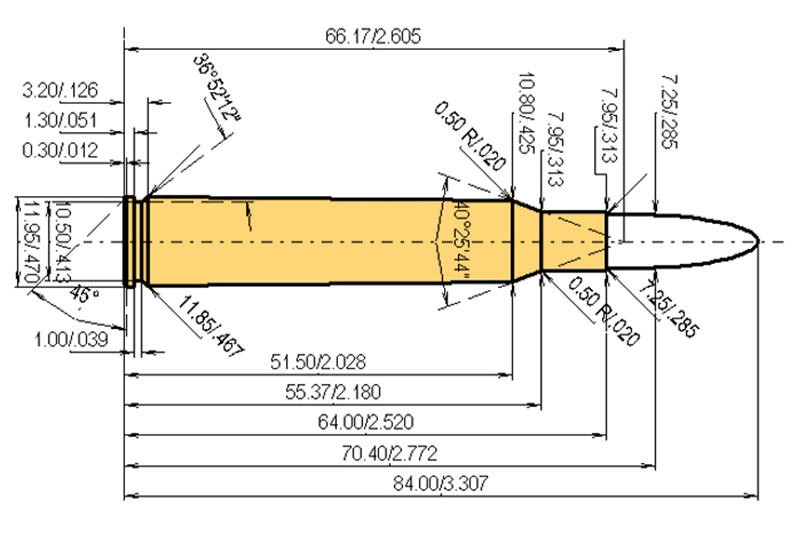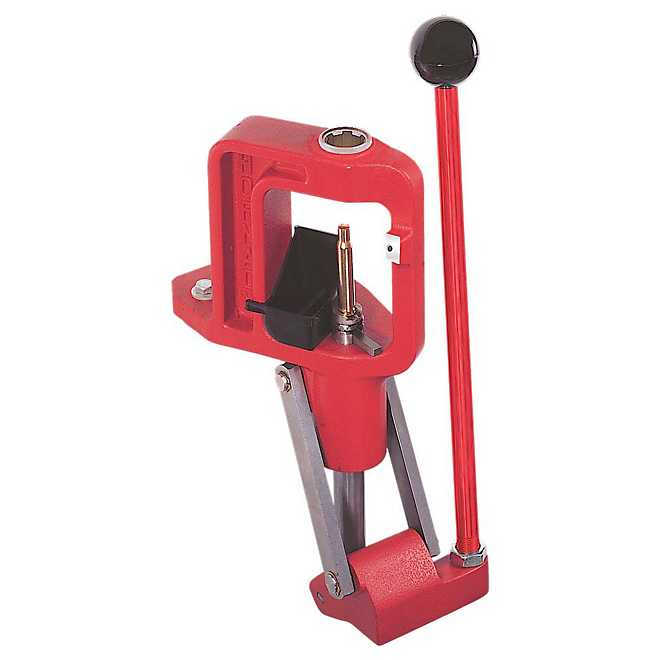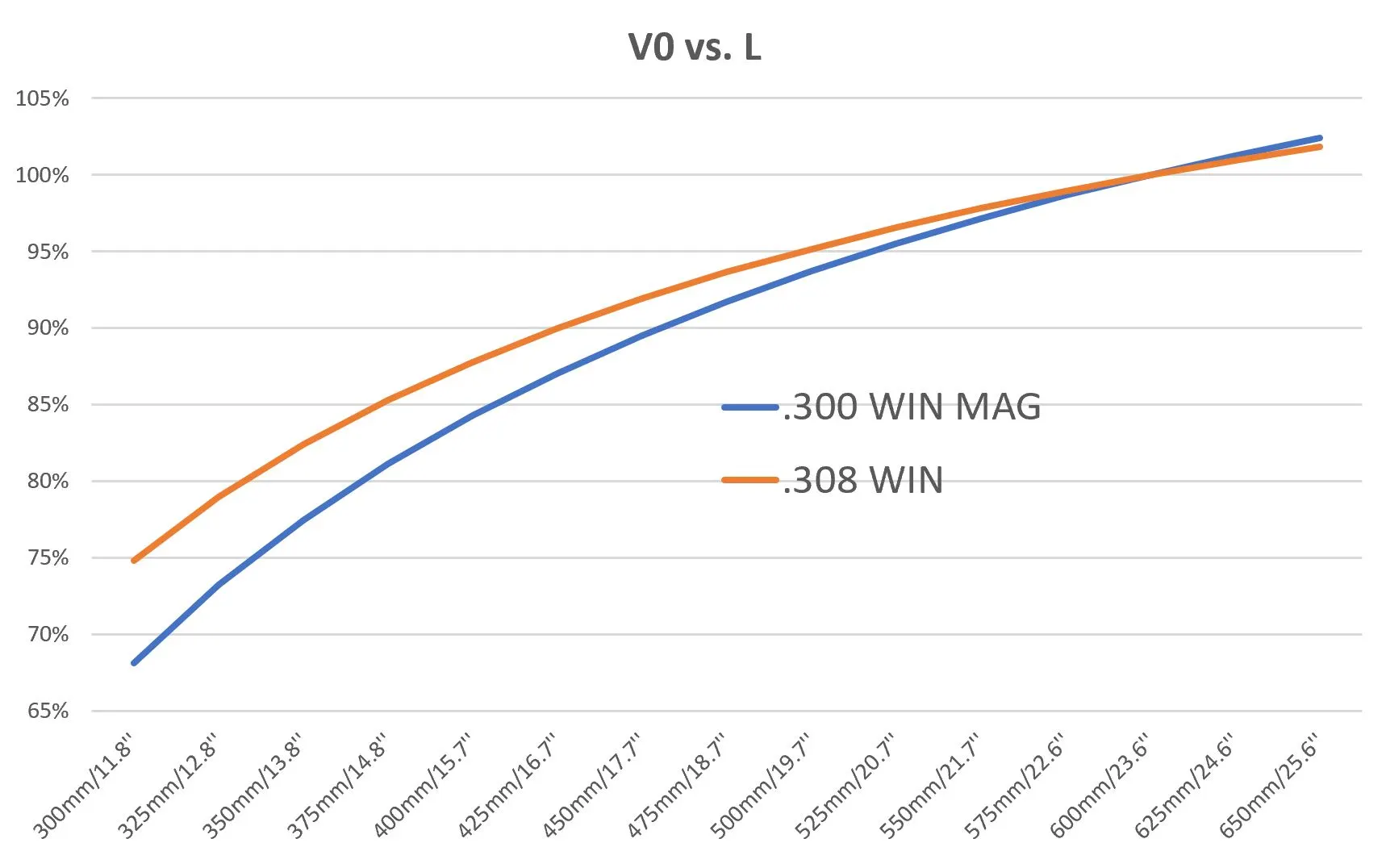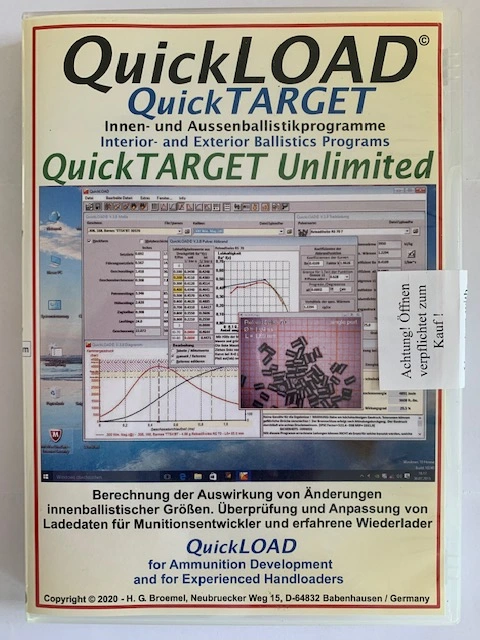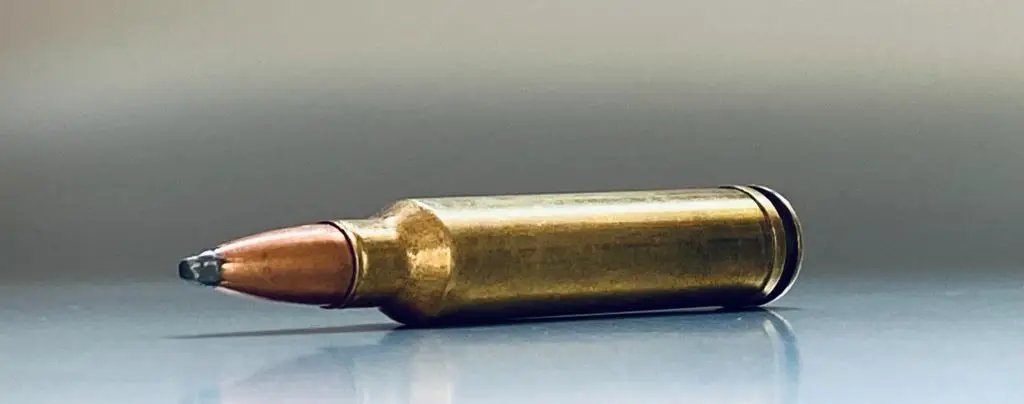
THE ULTIMATE RELOADING MANUAL
Load data with over 3.3 M loads covering over 3.000 bullets, 200 powders and 300 calibers.
View all loads
Buy Access License
We have a new website!
This website will be terminated over time as we can not add more load data. Hence, we have setup a new website with even more load data and additional features under www.xxlreloading.com.
Innovative
Easily compare performance of different powders and see impact of varying barrel length.
Independent
We offer extensive load data for bullets and powders of various brands in one place.
Powerful
We operate very sophisticated and powerful ballistic models on high-end computers.
XXL Online Load Database
Popular Reloading Calibers
Max. Case Length (l3): 1.76'' | 44.68 mm
Maximum Standardized Pressure: 54970.16 psi | 3790 bar
Max. Case Length (l3): 2.04'' | 51.92 mm
Maximum Standardized Pressure: 60191.6 psi | 4150 bar
Max. Case Length (l3): 2.54'' | 64.52 mm
Maximum Standardized Pressure: 62367.2 psi | 4300 bar
Max. Case Length (l3): 2.62'' | 66.55 mm
Maximum Standardized Pressure: 62367.2 psi | 4300 bar
Max. Case Length (l3): 2.01'' | 51.16 mm
Maximum Standardized Pressure: 60191.6 psi | 4150 bar
Max. Case Length (l3): 2.86'' | 72.62 mm
Maximum Standardized Pressure: 62367.2 psi | 4300 bar
Max. Case Length (l3): 1.92'' | 48.77 mm
Maximum Standardized Pressure: 63092.4 psi | 4350 bar
Max. Case Length (l3): 2.52'' | 63.98 mm
Maximum Standardized Pressure: 60191.6 psi | 4150 bar
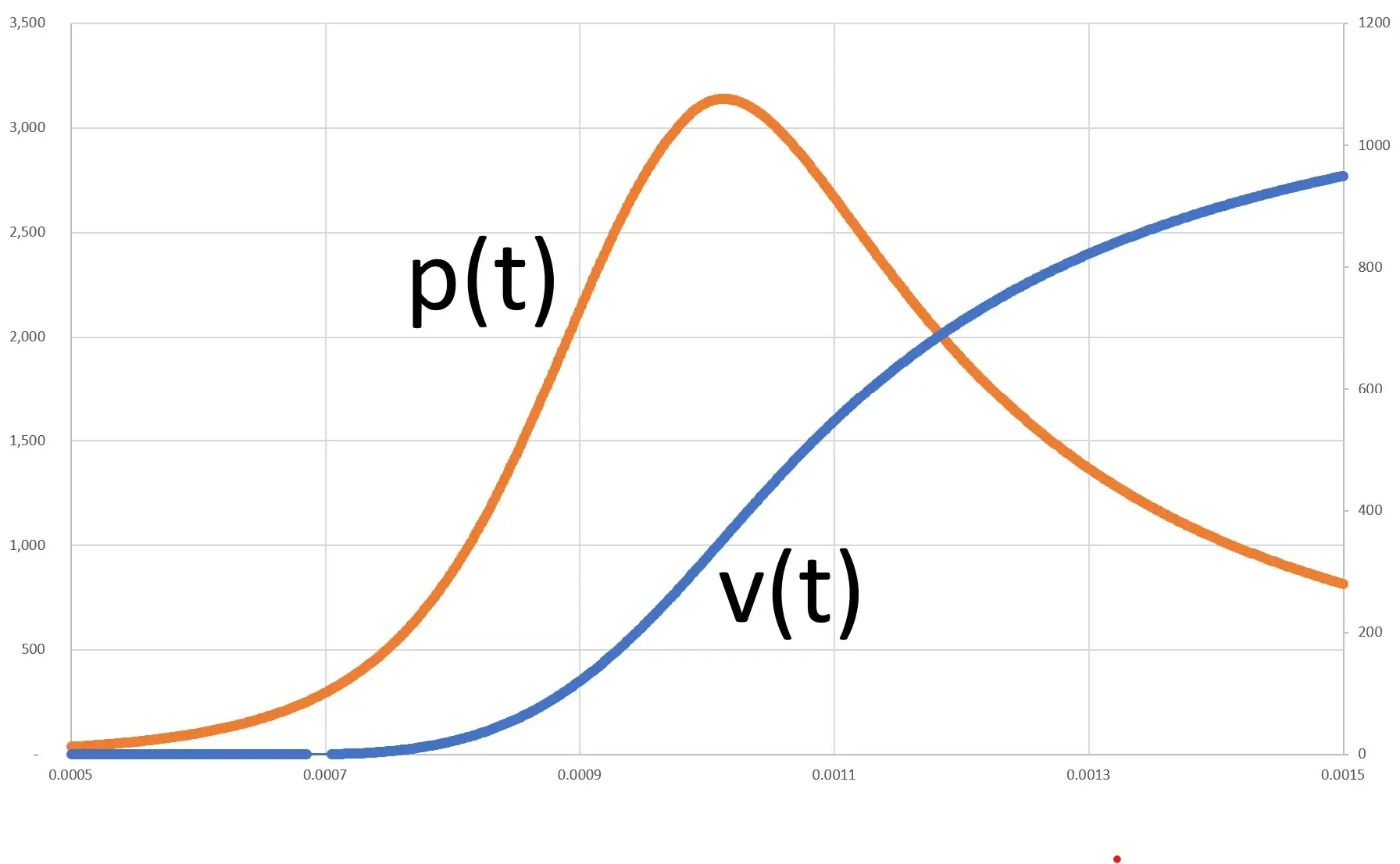
Ballistic- and Powder-Models
Our highly sophisticated ballistic calculator takes all relevant aspects into account such as powder properties, bullet and cartridge dimensions. The underlying models are discussed in detail in the relevant literature. The art is to calibrate these models based on real tests to improve accuracy. We worked with one of the most well-known experts in this field to optimize our models. Other existing ballistic calculators have often been developed based on old programming languages and limited proecssing capacities of historical computers. Our models run on high-end cloud servers which allow us to do more iterations for better results.
